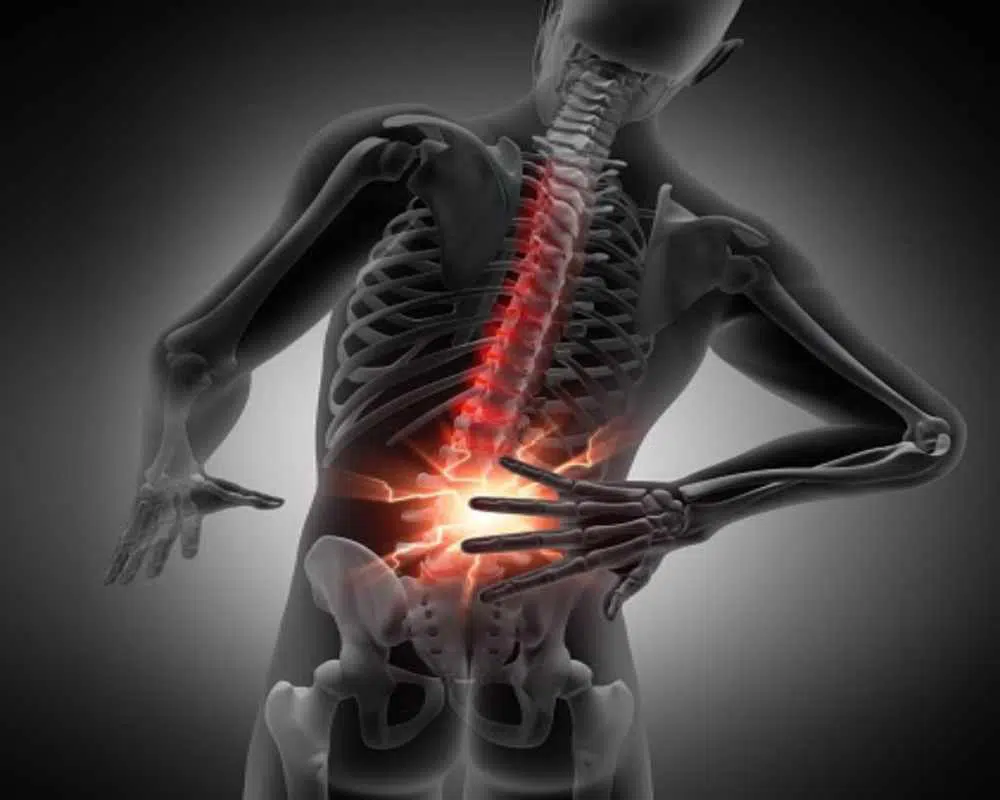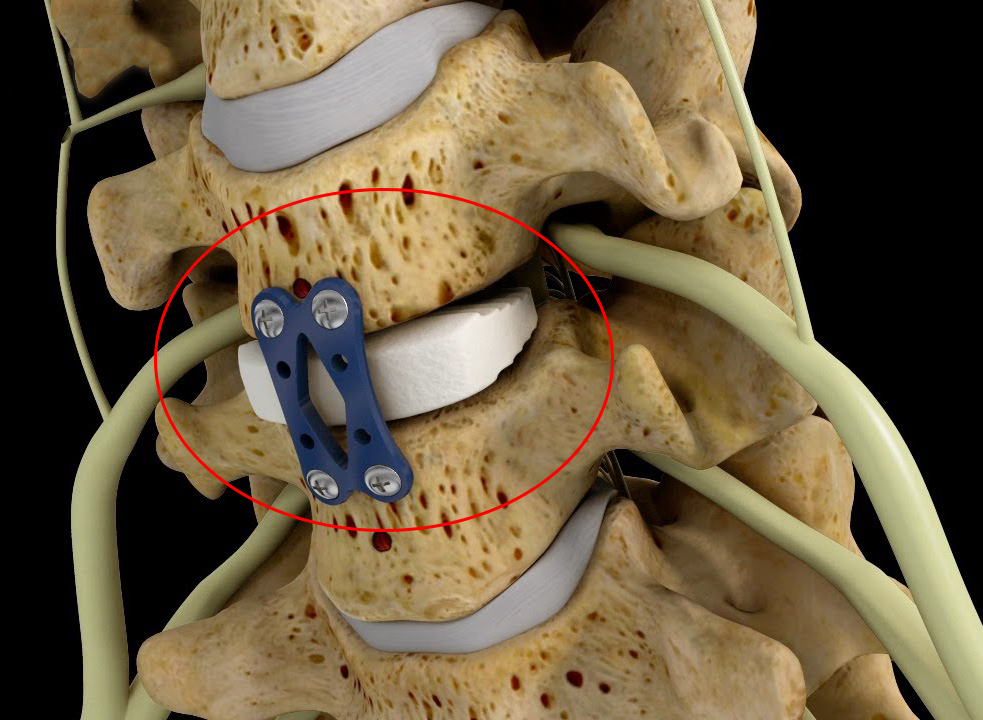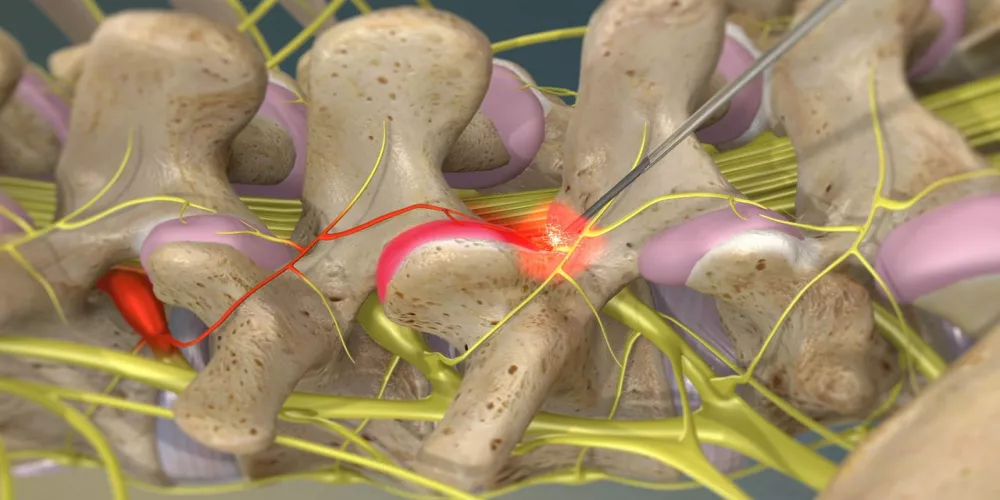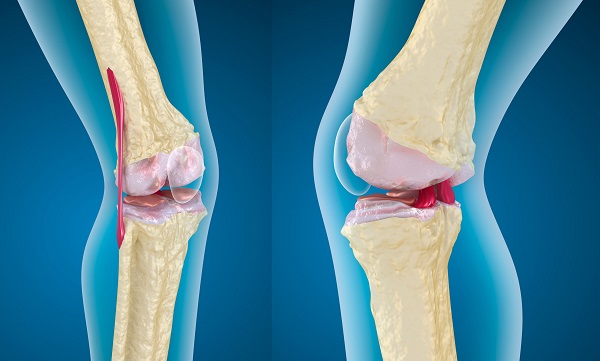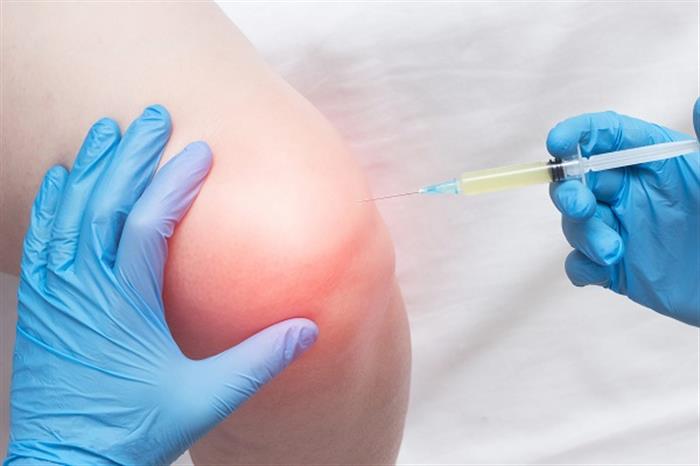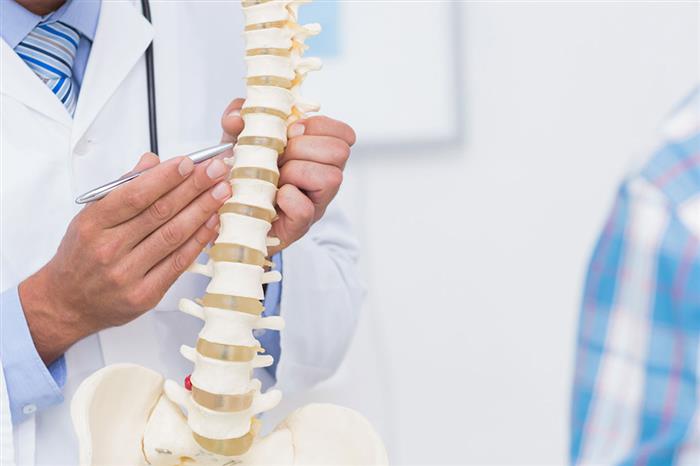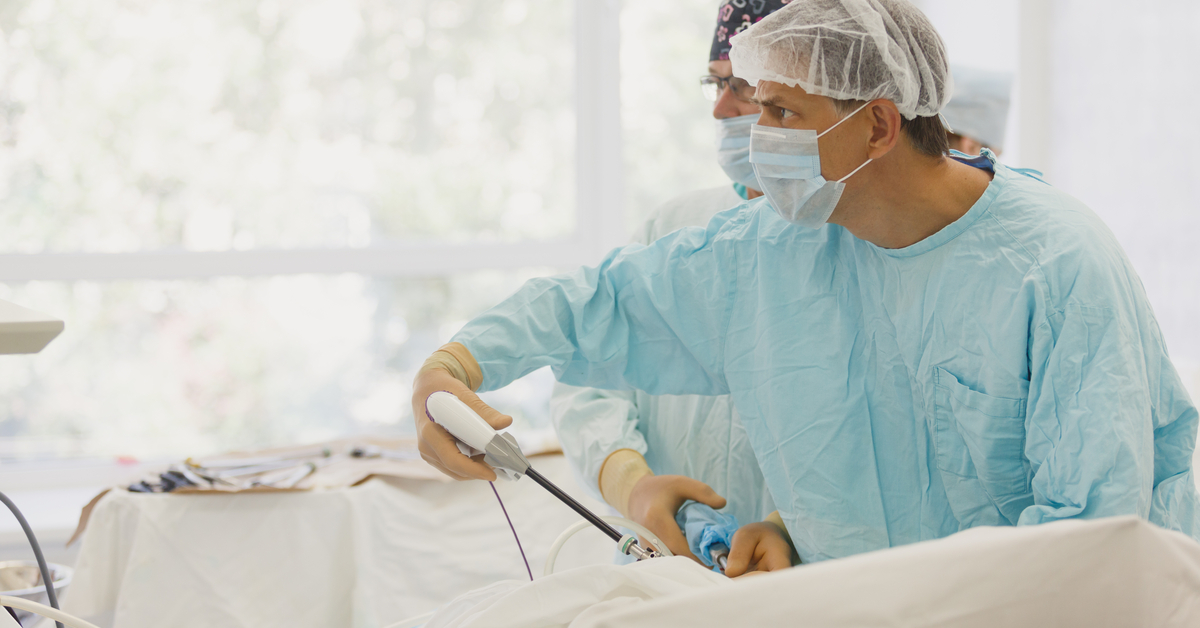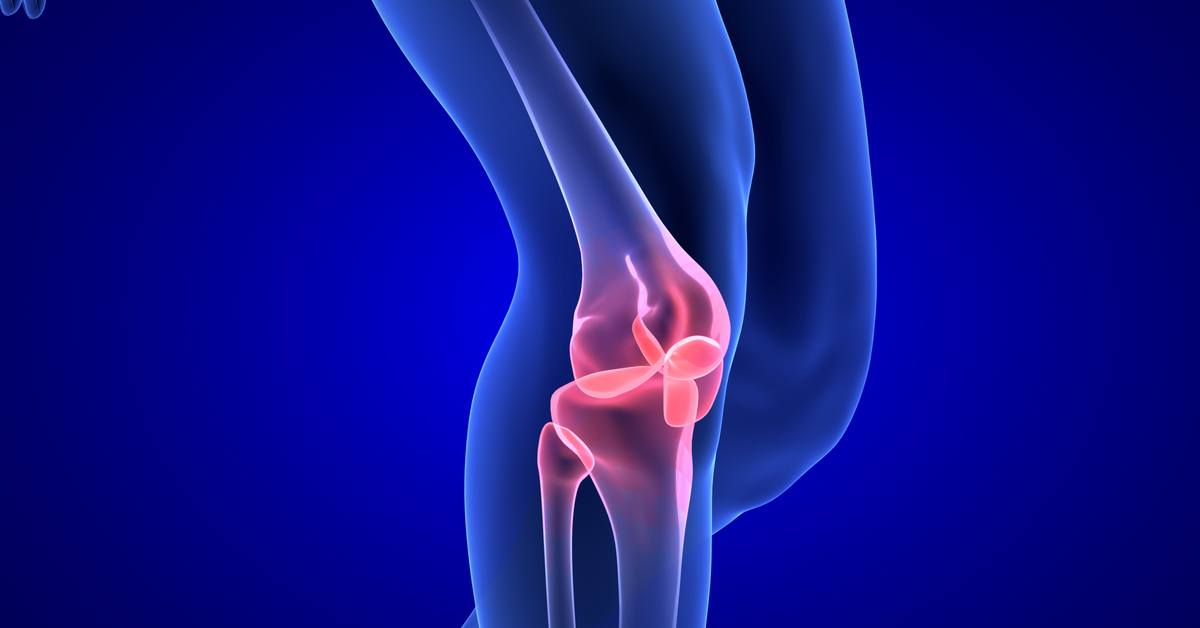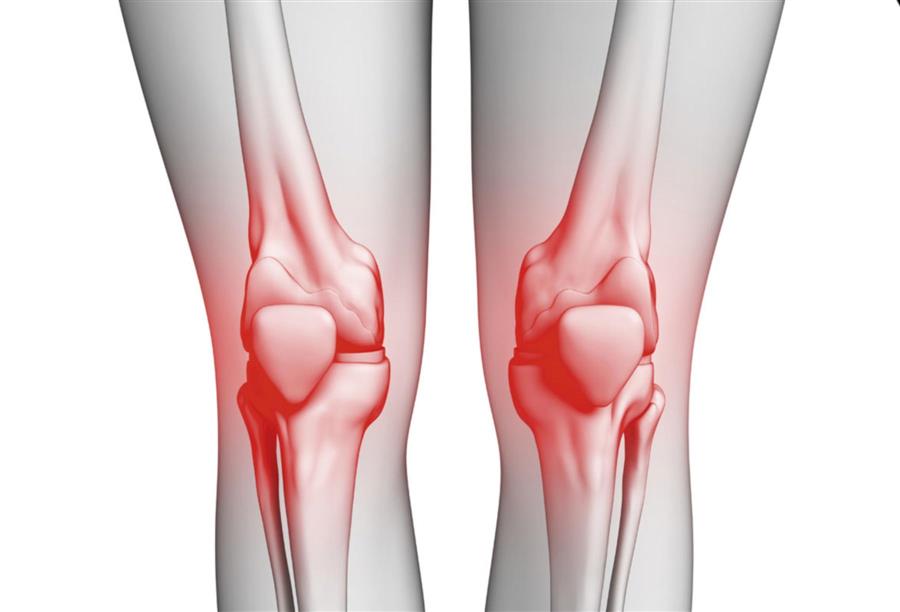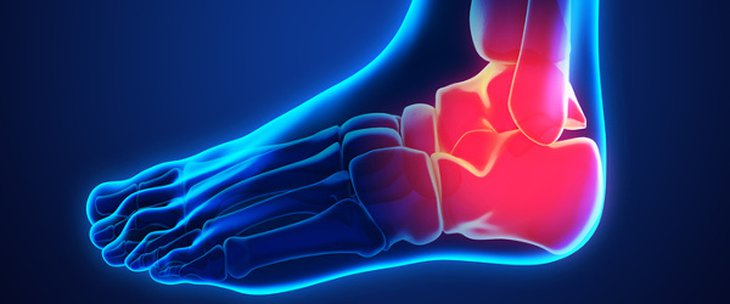?Get to know with us the bone grafting surgery and why doctors recommend bone vaccination operations
Bone grafting surgery is an important surgical procedure that helps repair broken or damaged bones by placing new bone or bone substitutes into gaps surrounding the fractured bones. Bone grafts may be used and the success of the grafting method is compatible with the availability of necessary factors, such as compatibility of bone grafts with the host bone. The aim of the procedure is to accelerate patients’ healing and recovery in a shorter period, which we will examine in detail through the following.
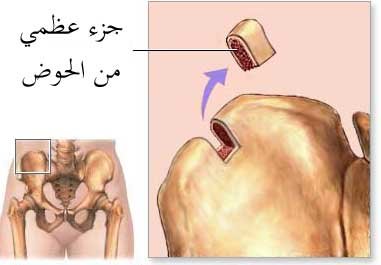
Bone grafting surgery
Bone grafting surgery is one of the most commonly used surgical procedures in the medical field. It is used to treat severe fractures or bone damage. The idea of the operation is based on placing new bone in the gap resulting from the fracture or damage. Bone graft is used to increase the chance of good healing of injury and faster recovery. Bone graft surgery is usually used when fixation techniques used to convert the bone to its natural position do not work. It is also used in case of fracture of vertebrae, or accumulation of infection and fat cells in the bones, where damaged bone must be removed.
All types of bones can be used as graft materials, including human body bones or other sources, such as frozen tissues and other types of grafts. Of course, human bone types are primarily available for emergency or life-threatening surgeries. Animal bones can also be used, usually horses and aquarium bones are used. In the end, bone grafting is an important and common surgical procedure that relies on the materials used in grafting and the condition of the bone used. Sometimes it is used to correct errors that occur during other surgeries and permanently improve health outcomes.
Discover the accuracy and professionalism in bone grafting surgeries with Dr. Amr Aml.
What is bone grafting?
Bone graft surgery is one of the most common surgical procedures in the medical field. It is used to treat severe fractures or damage to the bones. The idea behind the operation is to place new bone in the gap resulting from the fracture or damage. Bone graft is used to increase the chance of proper healing of injury and faster recovery. Bone graft surgery is usually used when fixation techniques used to restore the bone to its natural position do not work. It is also used in vertebral fractures, or accumulation of infection and fat cells in the bones, where damaged bone must be removed.
All types of bones can be used as graft materials, including human bones or other sources, such as frozen tissues and other types of grafts, of course. Human bone types are primarily available for emergency or life-threatening surgeries. Animal bones can also be used, usually horses and aquarium bones are used. In the end, bone grafting is an important and common surgical procedure that relies on the materials used in grafting and the condition of the bone used. Sometimes it is used to correct errors that occur during other surgeries and permanently improve health outcomes.
Discover accuracy and professionalism in bone grafting operations with Dr. Amr Aml.

Why is bone grafting recommended?
Bones receive a lot of attention nowadays, as promoting bone health is an important part of maintaining human body health. From this standpoint, vaccination against diseases affecting bones is recommended as a precautionary measure to protect them from damage. Bones have the ability to self-renew and self-heal in most cases, but in some cases, surgical techniques or other interventions are required to protect and treat them. Although many available techniques avoid major surgery, grafting can be an effective and effective alternative to protect bones from certain diseases.
Bone grafting boosts the body’s immune system to resist diseases that affect bones and thus, vaccination can protect high-risk people or those who may be at risk later. Diseases affecting the bones that can be prevented by vaccination include measles, mumps, osteomyelitis and hepatitis B and C, as these diseases lead to bone inflammation and other serious complications.
In addition, bone grafting is recommended for people undergoing bone surgery, where grafting is used as part of enhancing rapid bone healing. It helps activate new cell growth in the affected area and stimulate faster bone healing. Therefore, vaccination against bone diseases is one of the available options to protect people from serious diseases affecting bone health and maintaining overall human health.
With Dr. Amr Aml, bone grafting turns into an effective and reliable therapeutic experience.
What are the different types of bone grafts?
The different types of bone grafts are an important source of many minerals and vitamins needed by the body; Such as calcium, phosphorus and vitamin D. One does not suffice with eating meat alone, but there are many types of bone grafts that a person can take to introduce these nutrients into the body. In this article, we will talk about the different types of bone grafts in detail.
- Bone broth: It is the product extracted from bones, joints and cartilage, and contains many minerals and vitamins. It can be prepared in different ways, such as heating bones with water and vegetables for long hours.
- Cooked bone: Cooked bone can be used in many dishes such as soup or pasta cooked with bones. Cooked bone contains many vitamins and minerals.
- Peeled bone: The meat is removed from the bone, and the peeled bone can be used by adding it to soup or broth. It contains many minerals and helps promote bone health.
- Negative bone: It is the bone that extends in the animal’s body, and contains many minerals and essential nutrients. It can be used in preparing foods that require a long cooking time, such as pasta or pizza.
- Mineral fish: Fish contains many important minerals such as calcium and vitamin D, especially fatty fish such as salmon, tuna and mackerel. They also contain beneficial omega-3 fatty acids in improving brain and heart health.
- Mineral vegetables: Some vegetables like broccoli and parsley contain high levels of calcium, phosphorus and magnesium, help strengthen bones and improve digestive health.
In the end, we can say that different bone grafts are an important source of many important minerals and nutrients for body and bone health, and various methods can be adopted to introduce these grafts into the diet, including the use of cooked or peeled bones or the use of mineral vegetables.
Dr. Amr Aml provides optimal surgical solutions for bone grafting using the latest technologies.

What are the risks of bone grafting?
What are the risks of bone grafting? Many people undergo bone graft surgery as a medical procedure to repair damaged bones or after treating bone diseases such as cancer. This surgery is extremely safe, but some potential risks cannot be avoided. In this article, we will discuss the most prominent risks you may face after undergoing a bone grafting procedure.
- Blood loss: Blood loss due to surgery can lead to anemia and heart disease.
- Risks of bone grafting: Doctors should warn patients about the risks of bone grafting, which include:
- Pain and swelling in the area surrounding the grafted bone.
- Nerve injury during surgery.
- Rejection of the patch from another patient by the body.
- Inflammation or erosion.
- Risks of bone formations: Bone grafting forms accumulations that are formed around the bone patch used, which can cause pain and bone deformation.
- Tooth extraction: Tooth extraction can cause jaw bone deterioration leading to the need for bone grafting surgery.
- Infections and inflammation: Infections or inflammation may occur when performing bone grafting, but the use of anti-inflammatories and antibiotics can reduce these risks.
- Risks of medical imaging: Advanced medical imaging is the most important thing in the treatment and diagnosis of cancer, but doctors should be careful of repeated exposure to radiation and minimize it as much as possible.
In the end, doctors should warn patients of the potential risks of bone grafting and provide comprehensive information about treatment, wound care and proper recovery after surgery. With close follow-up and proper aftercare, these risks can be minimized and return to normal life as soon as possible.
Bone grafting procedures by Dr. Amr Aml, an unforgettable experience for healing and care.
Bone Grafting Success Rate
Bone grafting is one of the surgeries that is resorted to in case of bone fractures, and the success rate of this procedure depends on several different factors. The primary factor in the success of this surgery may be the experience and skill of the surgeon performing the procedure, as the extent of their experience and skill can lead to an increase in the success rate from 70% to 80%. The choice of donor tissues used in the procedure is one of the important factors affecting the success rate of the procedure.
The impact of choosing donor tissues on increasing the success rate of the procedure is evident by providing good bone material and ensuring the integration of the implanted bones with the original bone. The proper surgical methods must also be followed and the appropriate procedures must be followed in the procedure to achieve high success rates.
In addition, the success rate in bone grafting surgery requires sufficient time for fracture healing and growth of the implanted bone. Usually, the bone healing period after placing the implanted bone graft ranges between 12-20 weeks, and the place where the bone was taken will grow again. Finally, the patient must be followed up properly and given the necessary care to maintain high operation success rates. The medical tools and orders specified by the surgeon must also be adhered to. By considering these factors, high success rates can be achieved in bone grafting surgery, whether in children or adults.
Dr. Amr Aml, a pioneer in providing advanced and comprehensive bone grafting treatments.
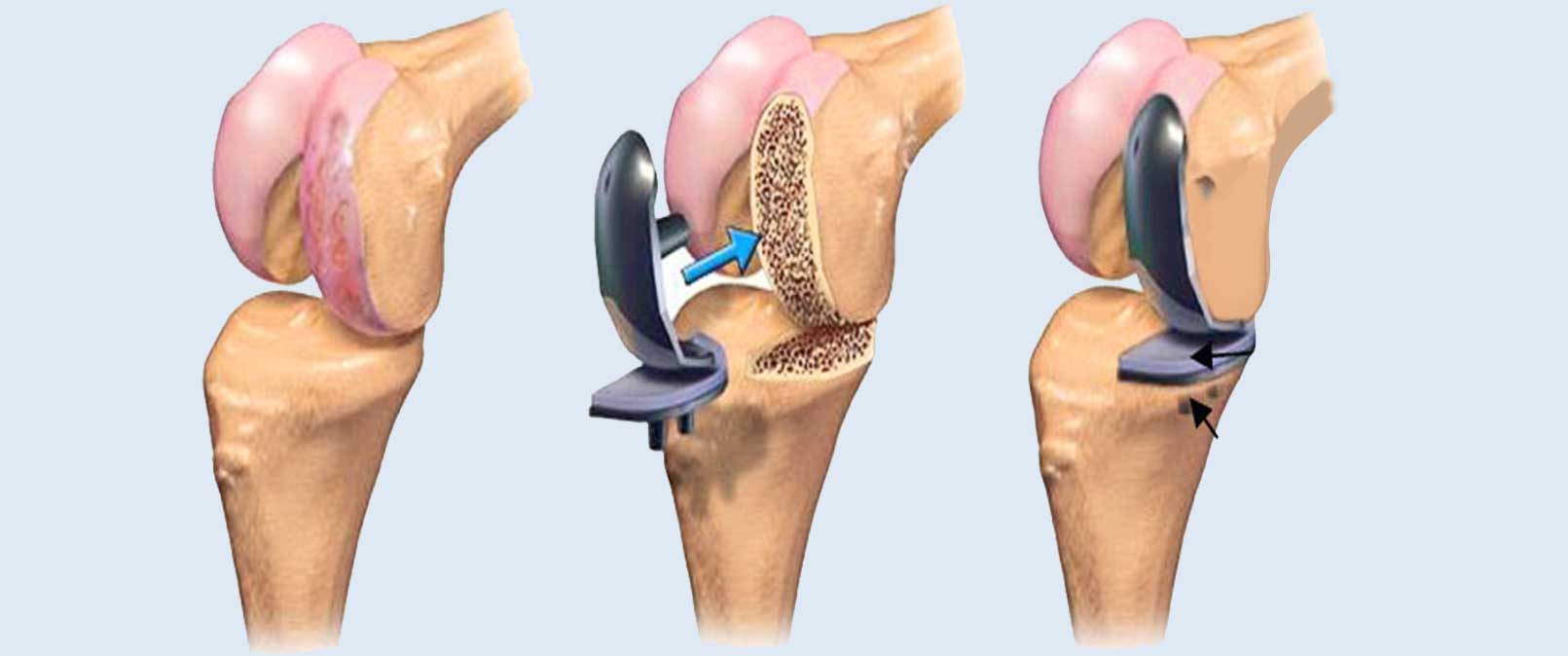
Bone graft healing period
Bone grafting is an important surgical procedure that may become necessary in some cases that require repair of different bones of the body. Bone healing after this procedure is the critical stage that may affect the success of the surgery and determine the period it takes for the body to heal completely well.
The time it takes for fractures to heal after bone graft surgery varies depending on the type of injured bone and the nature of the surgical procedure and grafting technique used, as well as the style of care and measures taken by the patient after surgery. Although bone healing may occur faster when using bone grafting, the time required for recovery depends primarily on the severity of the injury and the patient’s age.
In general, the patient needs a period of rest and avoidance of strenuous physical activities during the period it takes for bones to heal properly. In some cases, a special device is designed to help stimulate bones after surgery to accelerate bone healing and strengthen damaged bones.
The patient must adhere well to the doctor’s instructions during the bone healing period and take prescribed medications regularly and try to minimize excessive movements that may affect complete recovery. In general, the patient needs a period of no less than 6 months for complete recovery after bone grafting surgery. Therefore, the patient must adhere to the doctor’s instructions to ensure complete success of the surgery and accelerate bone healing properly.
Symptoms of bone healing after surgery
The symptoms of bone healing after surgery are a source of concern for many patients. To determine the extent of the effect of the bone healing process on your body, you need to know its causes, symptoms, and the different ways to get rid of them. So today we will talk about the symptoms of bone healing after surgery in this paragraph:
-
- Persistent pain: Persistent pain is common after surgery in 20-30% of patients. Pain can indicate bone damage or changes in tendons, which is related to the length of the recovery period.
-
- Persistent swelling: Swelling of the area adjacent to bone fractures is present during the healing period compared to the lymphatic system and indicates persistent inflammation. In most cases, pain and swelling are relieved by prolonged rest and vaccination to reduce swelling.
-
- Difficulty moving: Difficulty moving is common after surgery, and is most pronounced when walking or moving the injured bones. Often, a physical therapy appointment is scheduled so that the body regains its strength and flexibility.
-
- Decreased normal level of movement: Fracture healing can lead to decreased normal level of movement, often affecting the knee and hip joints. This effect can cause damage to freedom of movement and the ability to complete daily tasks.
-
- Synovitis and arterial stenosis: Synovitis and arterial stenosis are common symptoms after fracture healing surgery. Additionally, synovitis can affect the peripheral nervous system and cause feverish burning skin. It is important to see a doctor to diagnose the condition and determine the appropriate treatment.
-
- External factors: The risk of impaired bone healing is not excluded from external influences such as the use of genetically modified materials, bone proximity to radiation, smoking, and drugs. Therefore, avoiding external factors is related to adhering to a healthy lifestyle.
In summary, if you have any symptoms of impaired metabolism after surgery, you should consult your doctor immediately. Make sure you get X-rays and check fractures at the beginning of the bone healing process for proper treatment.

Can non-union of bones occur after bone graft surgery?
Non-union of bones after bone graft surgery is a rare problem that can occur, relatively rare, while grafting is a widely used solution to treat fractures that have difficulty healing naturally. Although bone non-union is rare, it can result from multiple factors such as fracture strength, how close the bones are to each other, wound type, and body failure to generate new cells to repair the damaged part of the bones.
Additionally, smoking can lead to problems in the bone healing process, as nicotine causes decreased blood flow and thus the body’s ability to stimulate new tissue growth at the fracture site. To avoid non-union of bones after bone graft surgery, a healthy lifestyle and good nutrition can be followed, in addition to taking necessary measures to avoid potential problems such as quitting smoking and consulting the treating physician before any surgical procedure.
How much does bone graft surgery cost?
Bone graft surgery is one of the surgical procedures used to repair broken or defective bones, and is considered one of the costly procedures. The cost of this surgery can range from 150 to 350 thousand Egyptian pounds, and the amount may vary depending on the type of injured bone and fracture site, in addition to additional procedures followed during surgery.
Bone grafts taken from other parts of the patient’s body are usually used in bone graft surgery, and the procedure requires high medical skills and expertise to ensure good results and avoid surgical complications. It is important that the patient consult with a qualified and professional surgeon before undergoing bone graft surgery, where expectations of the surgery and the appropriate care plan are discussed at this stage, costs are determined according to the patient’s condition and specifications of the surgical procedure.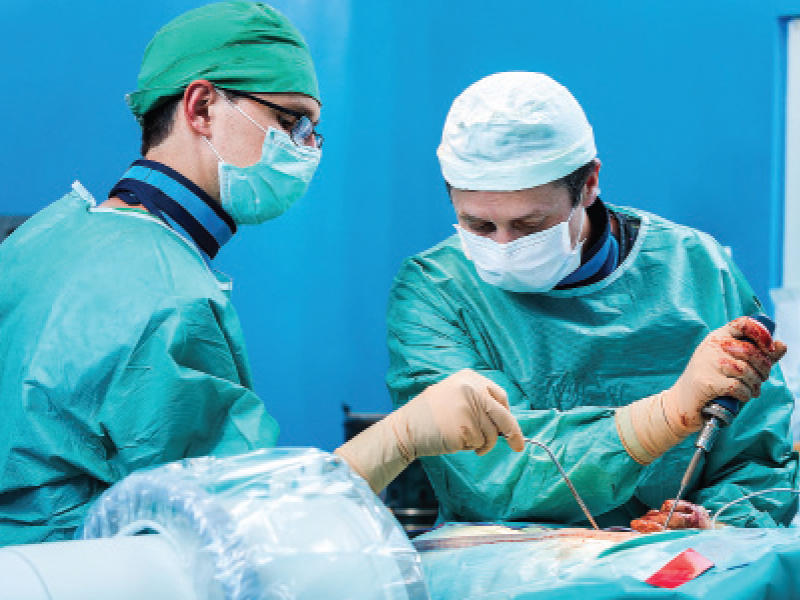 How much does bone graft surgery cost?
How much does bone graft surgery cost?
Best bone graft surgeons in Egypt
Dr. Amr Aml is one of the most famous doctors specializing in orthopedic surgery in Egypt. He has a good reputation as an expert in the field of treating and grafting bones and joints. Dr. Amr Aml graduated as an orthopedic surgeon from the Faculty of Medicine, Ain Shams University with an honor degree, and worked as a deputy in Ain Shams University hospitals for three years. Dr. Amr requires prior booking and has extensive experience in diagnosing and treating bone and joint diseases and injuries. He is considered one of the best professors in orthopedic surgery at Ain Shams University. Dr. Amr Aml works as an orthopedic consultant at Ain Shams University, and is a faculty member at the same university. He is also a fellow of the University of Aachen in Germany.

